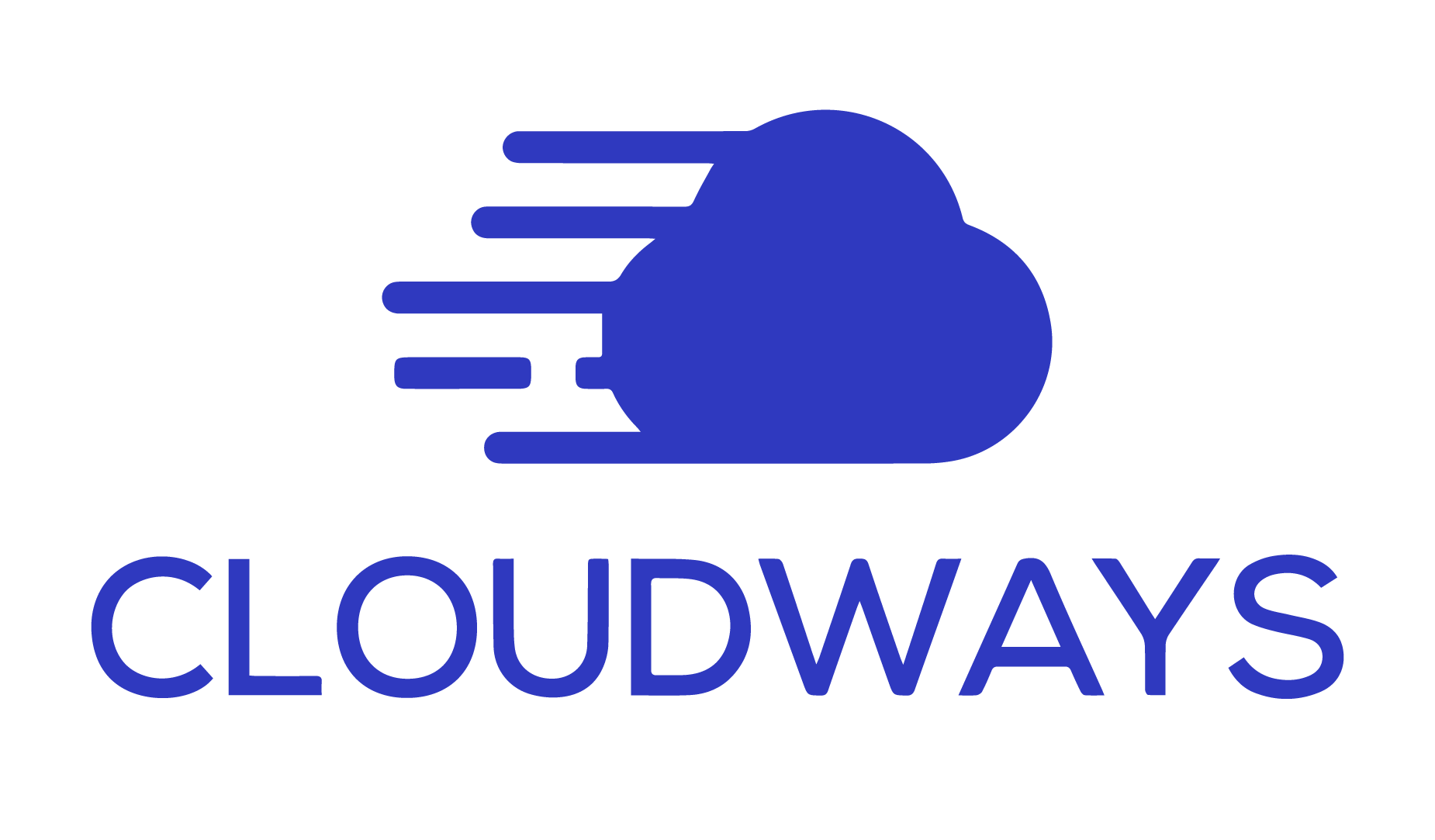Personal loans can be a useful supply of money when you need to pay large or unpredicted expenses. But to get the most out of it, it’s best to have a solid plan to pay for. It’s always important to think carefully about your financial situation before taking out a loan, but sometimes a personal loan is the best way to finance a large purchase or project you can’t afford in advance.
Table of Contents
What is a Personal Loan?
Personal loans work in much the same way as most loans. When you apply for a loan and submit your documents, the bank will check your credit or CIBIL rating and make a loan offer. Once accepted, funds will be deposited into your bank account, which you can use as desired.
👉👉👉Apply For Zippyloans Payday loans Online👈👈👈
What information to have before applying for a personal loan in USA?
Gather all necessary documents and information before starting the loan application process. This allows you to go through each step of the process efficiently and receive your funds as quickly as possible.
The items you may need include the following:
- Personal identification, such as a driver’s license, social security card, or passport.
- Proof of income, such as a W2, pay stub, or tax return.
- Employer information, including company name, manager’s name, and phone number.
- Proof of address, such as a utility bill or lease with your name and address.
If you decide to apply for a loan, analyze all factors that affect your capacity to get a loan, including your financial situation, the bank you use, and the method of repayment. Follow our 8-step guide to guide you through this process.
1. Run the digits
The last thing you or your lender needs is that you got a personal loan and can’t afford to pay it back. Creditors usually do due diligence to see if you’re capable of paying off your debt, but it’s wise to calculate your own figure to make sure it’s working.
Start by determining how much money you need. Keep in mind that some lenders charge a loan initiation fee that is deducted from the loan amount. After the commission is paid, make sure you have enough money to get what you need. This can be tricky if you don’t know what interest rates and repayment terms your lender will offer, but you can play around with the numbers to figure out how much your loan will cost and whether your budget can afford it. Bottom line: Before applying for a personal loan, check to see if your lender charges a fee on the loan, and ask what the fee is. After paying the fee, find out how much you need and what monthly payments you can afford.
2. Check your credit score
Most lenders do a credit check to see if a loan is likely to be repaid. Some online lenders have started looking for alternative credit information, but they usually check your credit score.
To get the best personal loans, you usually need at least fair credit (usually between 580 and 669). However, good credit above 670 gives you a better chance of getting approved at competitive interest rates.Check the report for errors.
Even if you have a low credit rating for other reasons, you still have a chance to get a loan. However, take steps to improve your credit before applying as interest rates and fees are too high to be recovered. Bottom line: Checking your credit score can give you an idea of the situation. The higher your credit rating, the more likely you are to be approved for a loan and the lower your interest rate may be.
3. Consider your options. Compare estimated rates
Depending on your credit score, you may need a co-author to be approved for a personal loan at an appropriate interest rate. If you can’t find a lender, you can get a secured personal loan instead of an unsecured loan. A secured loan requires cash in a savings account or proof of deposit in exchange for a better collateral such as a car, house, or cash. If the loan cannot be repaid, the lender can repay the debt by withholding collateral.
You should also think about where you will get your personal loan. For example, with a traditional bank, it can be difficult to get approval if you have a bad credit history. However, some online lenders specialize in bad borrowers, and some credit unions offer short-term loans that serve as inexpensive alternatives to payday loans. If you don’t meet the general requirements and your purchase may be queued, take the time to build up your credit score to qualify.
Bottom line: If you don’t qualify for a decent interest rate and need a loan now, a co-author, loan with a bad credit history, or secured loan can increase your chances of getting approved.
4. Choose your loan type
Once you know what level of credit you have and have considered all the options available, decide which type of loan is best for your situation. Some lenders are flexible in how their funds are used, while others may only approve applications for loans if the funds are used for a specific purpose.
For example, one lender may allow you to take out personal loans to finance a small business, while another may prevent you from using the loan funds for any business purpose at all. It’s usually wise to find a lender who can lend you money for the exact reason you need it.
In the personal loan market Bankrate you can find different types of loans, including:
- Debt Consolidation Loans: Debt consolidation is one of the most common ways to use loans for individuals. Taking one loan to cover your existing debt reduces the number of payments you have to worry about each month and gives you one (potentially lower) interest rate.
- Credit Card Refinancing Loans: Some companies, such as Payoff, specialize in loans for people who want to pay off their credit card debt. Because the interest rate on personal loans is often lower than the interest rate on your credit card, a loan can be a great way to pay off your credit card balance and pay it off over a longer period of time.
- Home Improvement Loans: Home improvement loans can be a good option if you want to pay for major renovations in advance without taking a secured home equity loan.
- Medical Loans: Because health care costs are often unpredictable, personal loans can be a great way to reduce your immediate financial burden and pay off the debt over several years.
- Emergency Loans: Emergency loans are useful for a variety of purposes. A car breakdown, low medical cos,ts, or a ruptured pipe could be good reasons for getting this loan.
- Marriage Loans: Weddings and vacations can be expensive, so many people want to pay off their personal loans. This means that payments are spread out over several years, so you don’t have to worry about paying instantly on special occasions.
Bottom Line: Find a lender that offers loans that fit your specific needs.
👉👉👉Apply For Zippyloans Payday loans Online👈👈👈
5. Get pre-qualified for a loan
Pre-qualifying for a loan gives you a look at the offers you may get. Many online lenders perform a soft credit check during pre-qualification that doesn’t affect your credit score.
The pre-qualification process typically asks for:
- Loan purpose.
- Loan amount.
- Income.
- Monthly debt commitments (rent, student loans, etc.).
- Address, email, phone number.
- Date of birth.
- Citizenship status.
- Employer name and location.
- College name and degree.
Some reasons for being denied include:
- Low credit score.
- Too little income.
- Little or no work history.
- A high debt-to-income ratio; above 40% may be considered risky.
- Too many recent credit inquiries, such as credit card applications.
6. Shop around for the best personal loan rates
Online lenders, banks and credit unions offer secure, unsecured loans. Compare your pre-qualified offer with loan amounts, monthly payments and interest rates from various lenders to get the best loan offer. Credit unions can offer lower interest rates and more flexible terms, especially for borrowers with poor credit history. It’s also your best chance of getting a small loan of $2,500 or less. Some major financial institutions such as Citibank, Discover, and Wells Fargo also offer unsecured personal loans.
7. Pick a lender and apply
After doing your research, choose the lender that best suits your needs and then start the application process. Depending on the type of lender, you can go through the entire application process online. Also, some lenders may require you to apply directly to your local bank or credit union branch. Each lender will vary depending on the information required on their application, but generally should include your name, address, and contact information, income and employment information, and the reason for the loan. The lender will also ask how much you want to borrow. Then he can give you some options to consider after a soft credit check. You can also review the full terms and conditions of the loan, including fees and maturity. Read your loan agreement carefully to avoid hidden fees and other pitfalls.
Bottom Line: Every lender has different qualifications and may ask for different information. Lenders may require you to apply in person, but other lenders may allow you to complete your entire application online.
8. Read the fine print
Before applying for a loan, read the loan offer terms and conditions to get your questions answered.
Pay particular attention to the following:
- Prepaid fines: Most online lenders do not charge an upfront fee, called an upfront penalty.
- Automatic withdrawal: If you allow your lender to automatically charge payments from your checking account, consider setting up a low balance warning with your bank to avoid overdraft fees.
- APR surprises: The total cost of the loan, including the loan initiation fee (interest and initial cost), must be clearly stated and reflected in the annual income.
Also, take a look at these consumer-friendly features:
- Payments are reported to credit bureaus: You can improve your credit rating by reporting payments in a timely manner to your credit reporting agency.
- Flexible payment options: Some lenders allow you to choose a maturity date, waive the occasional late fee, or defer payments in difficult cases.
- Direct payments to creditors: Some lenders send borrowed funds directly to lenders, which is especially useful for borrowers to consolidate their debt.
9. Provide necessary documentation
Each lender has different requirements for applying. After submitting your application, your lender will most likely ask you to provide additional documentation. For example, you may need to download or fax a copy of a recent pay stub, copy of your driver’s license, or proof of residency. The lender will tell you if they need any documents from you and how to turn them over to the right person. The sooner you provide information, the sooner you will receive a solution.
Conclusion: Be prepared to provide additional documentation upon request during the application process.
10. Accept the loan and start making payments
After the lender notifies you that you have been approved, you must complete the loan documents and agree to the terms and conditions. This way you will usually get your loan within a week, but some online lenders will get your loan within 1-2 business days. Once approved, start tracking payment due dates and consider setting up automatic payments from your checking account. Some lenders even offer interest rate discounts if you set up an autopay account. Consider paying an extra monthly fee. Personal loans can be cheaper than credit cards, but paying off your loan ahead of schedule can save you interest. Adding a small amount to your monthly payment can help solve this.
Conclusion: After you have approved and accepted the loan terms, you can expect to receive your funds within 1-2 business days. Once approved, you begin to think about how to pay the balance.
👉👉👉Apply For Zippyloans Payday loans Online👈👈👈
Factors that will affect your interest rate
Qualifications for personal loans vary by lender, but there are several criteria that many lenders consider when determining the proposed interest rate.
- Credit Rating: Good credit makes it easier to get personal loans at lower interest rates. Lenders will check your rating and credit history for any adverse indications such as overdue or overdue or overdue accounts.
- Debt to Income Ratio (DTI): DTI is the sum of your monthly debts divided by your total monthly income. A low DTI is usually a signal to lenders that they can manage their monthly payments on new personal loans.
- Loan term: Loans with shorter maturities usually offer lower interest rates. Longer maturities usually mean higher interest rates.
- Co-Signers: If you are not eligible for a loan, having a trusted family member or friend who is in good financial standing can increase your chances of getting approved at a higher interest rate.
Without an applicant with a low credit rating, high DTI, good credit history, and stable income, you won’t be able to get the lowest personal loan rates. However, a high credit rating and low DTI ratio will attract the most competitive interest rates.
Tips for speeding up the process
If you are looking for a personal loan, you will want to get your money back as quickly as possible. These tips will help you avoid delays in your personal loan application.
- Check your credit report before applying: Before buying a personal loan, check how good your credit is. Identifying and fixing errors immediately is an easy way to avoid problems later when applying for a loan.
- Pay off debt: If you have debt and the borrowed money is not urgently needed, repaying the debt can improve your credit rating and lower your DTI, making your approval more likely.
- Contact your existing financial institution: Banks and credit unions are more likely to consider loan applications from customers with long-standing positive relationships.
- Consider an online loan: Many online lenders offer overnight lending solutions, and once approved, you can transfer funds to your bank account within the application date.
Receive loan funds directly: If your lender is offline, you can get your loan faster by asking if they have the option to collect funds at the branch.
How to apply for a personal loan in USA
- To start your application, you will need:
- Social Security number (SSN) or Individual Taxpayer Identification Number (ITIN)
- Home address and employment information
2. Once you submit your application, U.S. Bank will gather your credit information. How long does it take for a loan to process? Typically they will notify you with your loan approval status in less than a minute.
3. If your loan is approved and you’re a U.S. Bank personal checking or savings customer, you may close your loan online. If you don’t have a U.S. Bank personal checking account or savings account, you may need to visit a U.S. Bank branch to close your loan. Funds are available within one business day of loan closing.









Pingback: 7 Most Profitable Blog Niches for 2023 - Social Mohalla